Retro Review: Nash Metropolitan
Learn how a collaboration between Nash and Austin brought about an American subcompact that oozed 1950s style. Check out the Nash Metropolitan.
A Little Car from a Little Brand
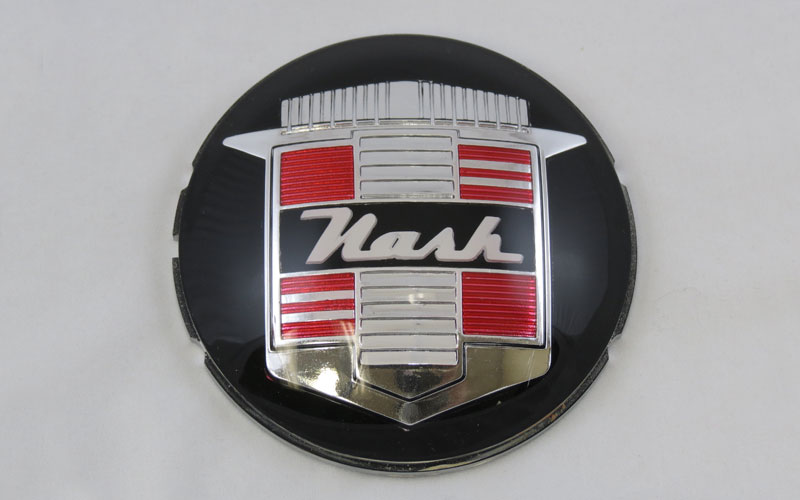
Nash emblem – metpitstop.com | Shop Nash Metropolitan on Carsforsale.com
While the Detroit Big Three were focused on making larger, more powerful vehicles in the 1950s, a smaller American brand was going the opposite way to reach a different market. Nash Motors was a little automotive brand out of Kenosha, Wisconsin. Their jump on the post-war automotive scene featured the likes of the aerodynamic and advanced Airflyte design that spun into the luxurious Nash Ambassador. Nash Motors followed that up with an attempt at developing a smaller car packed with value to reach a wider portion of the automotive market. This aim led to the compact Nash Rambler that’s become an automotive icon in its own right, but we’re actually looking at its even smaller sibling from the same era.
The Nash Metropolitan was a tiny subcompact that was essentially one of the smallest vehicles from an American automotive brand at the time. The little car carried a lot of that classic ‘50s style and held some similarities to the refrigerator designs Nash’s parent company was pumping out. While the Metropolitan didn’t have a lot of power and there wasn’t much room inside, it found an audience that’s loved the quirky model long after it ended. Let’s learn more about the Nash Metropolitan and why there’s still a group of devout owners out there dedicated to keeping these classic subcompacts going.
Developing the Subcompact Nash Metropolitan
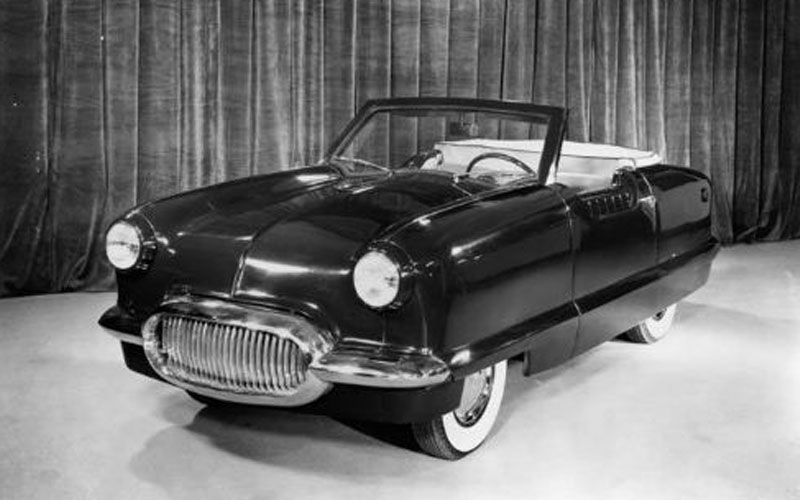
The design of the Nash Metropolitan actually derives itself from an early concept vehicle from Nash dubbed the Nash Experimental International or NXI. The idea behind the NXI was that it was “the second car in a two car family”. Something for light commuting or trips to the shop, but not the family’s primary set of wheels. The subcompact concept was built by William J. Flajole for the Nash brand. It carried with it a lot of the same design language and the unibody construction from other Nash vehicles of time, just in a tinier size.
After undergoing a number of survey-previews, the Nash team took the NXI concept and began prototyping a series of Nash-Kelvinator International (NKI) models. These NKI prototypes acted as explorations of different requests from the previews, but primarily were focused on seating arrangements, engines sizes, and adding basic features like roll-up side windows. The NKI prototypes also revised the styling of the Nash subcompact away from the NXI concept by adding a blister to the hood, a non-functioning hood scoop, notching out cutouts for the rear wheels, and adjusting some of the design with the help of some Pininfarina influence. These NKI models acted as the basis for the production version of the Nash Metropolitan, but actually producing these little cars hadn’t been nailed down yet.

The beginning of the Metropolitan production actually has some ties to a co-developed sports car between Nash Motors and British automaker Donald Healey Motor Company. The two companies worked together to produce a promotional car to drive Nash Motor public interest and sales in 1951. The result was the Nash-Healey, a three seated luxury sports car that carried a Nash developed straight six under the hood. It was the first post-war sports car from a major American automotive brand, predating the Chevrolet Corvette by two years.
Why was this sports car venture between the two companies important you may be asking? Well, it was Nash’s first relationship with a British company to produce a vehicle for them and eventually led to them returning to for production of the Metropolitan. Nash was looking overseas at European companies to work with in helping produce their upcoming subcompact vehicle as a cost-cutting effort. It would be cheaper for Nash to outsource the assembly and construction of the Metropolitan than to do it themselves back in America because of labor and production materials.

Nash eventually ended up in a partnership with Fisher & Ludlow (also of BMC) to construct the body and Austin to completely assemble the Metropolitan. This partnership was one of the first examples of a vehicle that was exclusively designed in American and marketed in North American, but having been entirely built in Europe. While these cars were all initially brought back to America for sale, Austin-Healey eventually gained the rights to sell the Metropolitan in 1956 to markets outside North America in addition to shipping units back to the states.
The Metropolitan “Generations”
The initial reception to the Nash Metropolitan in 1954 was actually pretty decent. Owners enjoyed it as a second car for short errands and it performed slightly better than its German competitor, the Volkswagen Beetle. The Metropolitan’s construction remained virtually the same over the course of its eight-year stint, but there were four series updates to the tiny car during this period.
Metropolitan Series I (1954)
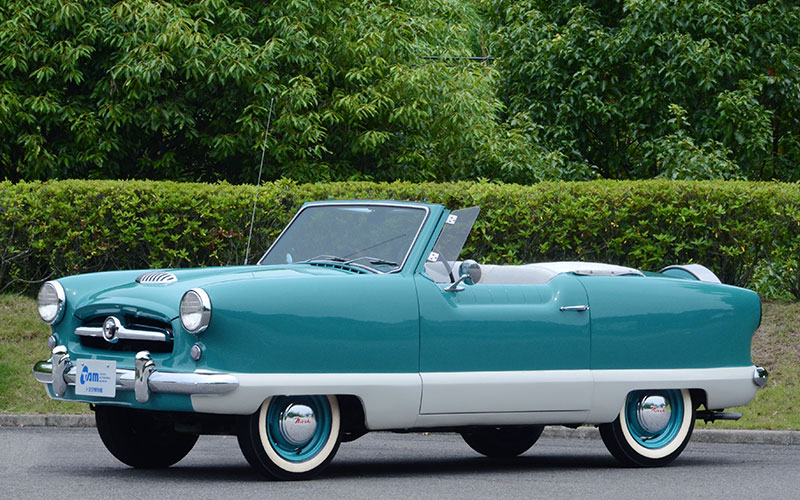
The initial Metropolitan was essentially the NKI model with the new Metropolitan badges thrown on. The Series I featured that “bathtub” unibody construction and came in at a length of just 149.5 inches. There was a small cargo space, but it could only be accessed through the rear seats as there was no trunk hatch like a typical car.
There were two versions of the Metropolitan available, the hardtop or the convertible soft top. Both versions came with an Austin produced A40 73 CID straight-4 engine that was mated to a 3-speed manual transmission with a mechanical clutch linkage. Power from this unit was directed to the rear wheels allowing for a 0-60 mph time that took over 20 seconds and a top speed of 70 mph.
There were five different colors of the Nash Metropolitan available in its first year – Spruce Green, Canyon Red, Caribbean Blue, Mist Grey, and a short-lived Croton Green. Customers also had the option to add on a radio and a heater for an additional cost. Nash Metropolitans were also rebranded as Hudson Metropolitans following a merger with the Hudson Motor Company in mid-1954. All that was done to differentiate the Nash from the Hudson model was badge swaps.
Metropolitan Series II (1955)
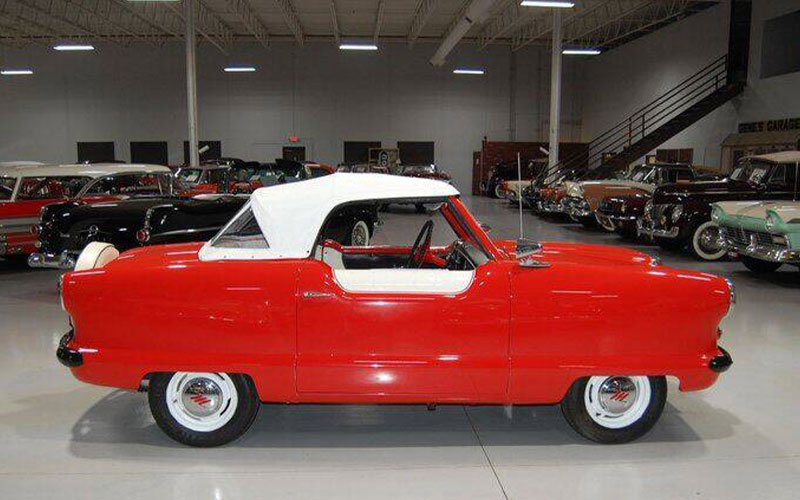
The initial order to Austin for the Series I was for only 10,000 units, but another order for the car would be made near the end of its first year. After the initial 10,000 units was the Metropolitan Series II. The Series II swapped out engines in favor a BMC B-series that came in as 73 CID straight-4, a nearly identical example to the Austin A40 engine for Series I. The transmission was updated and featured a hydraulic actuation clutch in place of the mechanical one found in the Series I.
Metropolitan Series III (1955-58)
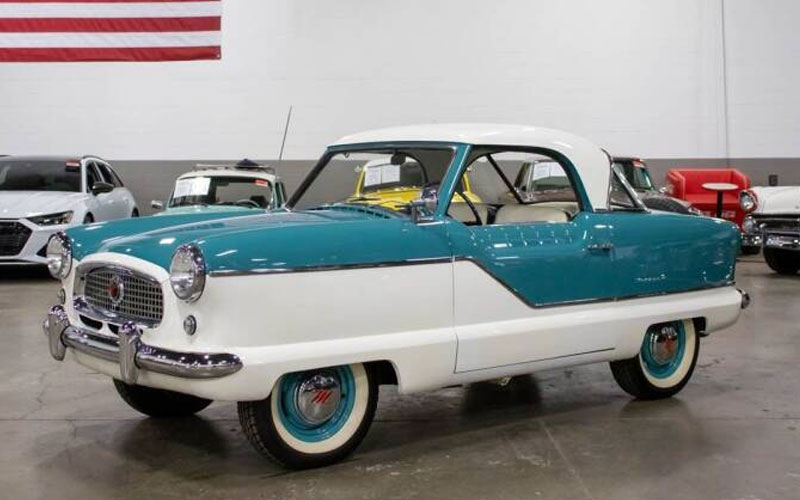
The Metropolitan Series II was quickly replaced within the same year by the Series III. The B-Series straight-4 engine found in the Metropolitan was increased to a 90.9 CID size for the Series III models. While it was a slightly larger engine, it still took over 20 seconds to reach 60 mph and the top speed only increased to about 75 mph.
The exterior of the Metropolitan was also updated to feature a two-tone paint job that was accentuated by stainless steel trim separating the contrasting colors. A multitude of new colors were used during this time that included Caribbean Green, Coral Red, Sunburst Yellow, Berkshire Green, Mardi-Gras Red, and a couple different whites for the bottom of the two-tone paintjob. Designers also updated the Metropolitan grille during this time to an egg crate pattern, removed the non-functional hood scoop, and removed the blister bump for a smoother hood design.
In 1957, Nash and Hudson’s automotive parent company, American Motors Corporation (AMC), announced they were dropping both of the brand names from their vehicles. The Rambler name became its own dealership marquee that the Metropolitan was sold at. The Metropolitan was referenced only by model name following this period and all of the Nash and Hudson badging was replaced with an “M” logo. Also in 1957, the Metropolitan’s engine had its compression ratio increased from 7.2:1 to 8.3:1, giving the tiny car a bump in power.
Metropolitan Series IV (1959-62)
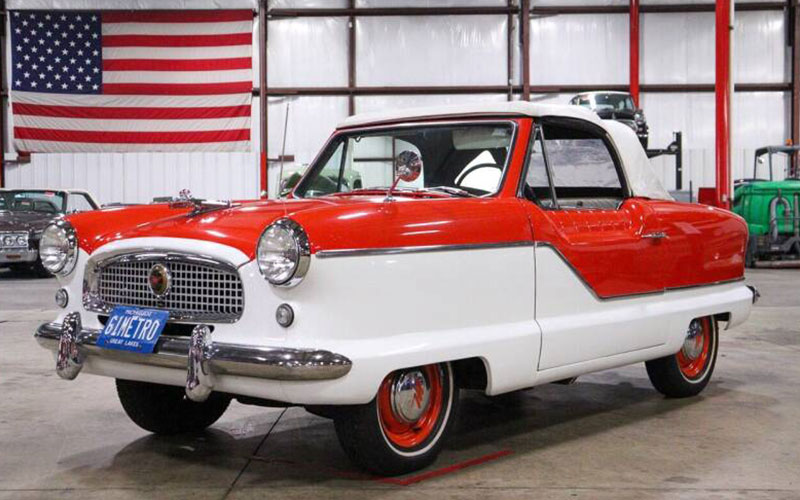
The Metropolitan Series IV debuted at the start of 1959. This redesign added an external trunk access to the tiny car. No more reaching awkwardly through the rear seats for whatever small items may be stored back there. The rear window design previously featured a three-piece orientation, but that was now replaced by one solid rear windshield that provided the same about of vision out the back. There was also the inclusion of passenger vent windows whereas previous models used a single pane of glass.
Color options remained the same and the performance under the hood was the same as the Series III, but the first year for the Metropolitan Series IV proved to be one of the model’s best as it recorded 22,209 sales. While that seemed like a great sign for the small vehicle, the sales actually began to decrease the following year. Eventually, AMC decided to end Metropolitan production midway through 1961. Almost 95,000 Metropolitans were sold in North America during the subcompacts eight-year run.
The Metropolitan Club
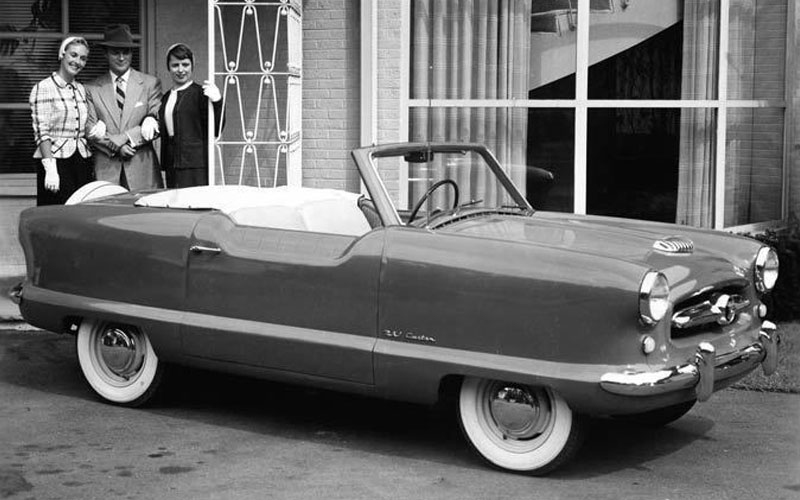
While the Metropolitan may not have had the success that the bigger cars had, it made a lasting impression on owners. AMC received letters and photos from owners of the Metropolitan that were all retelling their happy experiences in the little vehicle. The responses to the vehicle were so gleaming that AMC actually included some of them in their sales brochures for the Metropolitan. It also led to the creation of the Metropolitan Club, an owners’ club that gave fans a group to be a part of and show their spirit for this little car.
Those who joined the Metropolitan Club were given a membership card, certificate, a badge to display on their own Metropolitan, and they gained access to a magazine called “The Met Letter”. The magazine was composed mostly of member submitted content all focused around their own experiences with the Metropolitan along with some tips from AMC themselves. The official Metropolitan Club went away in 1962 following the end of the car itself, but the owners still consider themselves a part of a unique group.
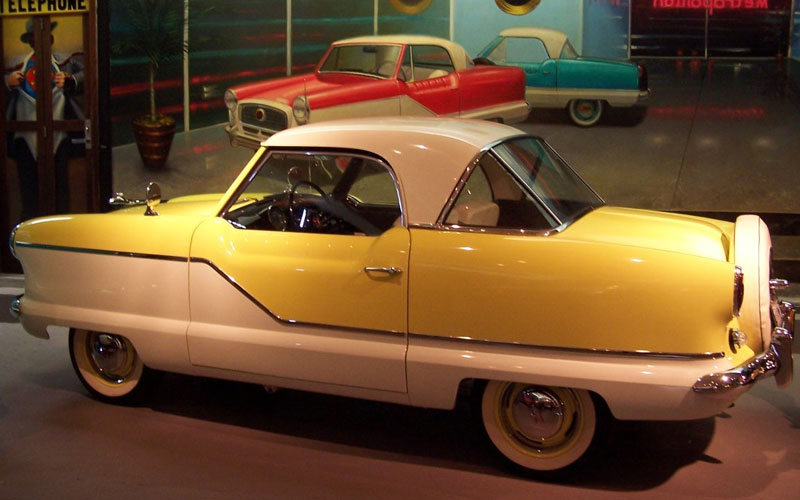
1957 Nash Metropolitan – metpitstop.com | Shop Nash Metropolitan on Carsforsale.com
A lot of these Hudson, Austin, AMC, and Nash Metropolitans are all still running and turning out at car shows. There are devout fans that have gone to extreme lengths to even open up Metropolitan restoration garages that produce replica parts to keep these tiny cars going. The Metropolitan Club isn’t composed of only unknown owners either. There’s actually a good list of famous people who have owned this subcompact classic themselves. Elvis Presley, Paul Newman, Steve Jobs, Jimmy Buffett, and even Princess Margaret have all owned a Metropolitan.
The Nash Metropolitan was a car dedicated to going against the grain. While all the other cars grew to extreme lengths, it kept itself compact. Had it continued to live on through the ‘60s and on into the ‘70s during the Oil Crisis, it may have refound its niche in the market alongside the Honda Civic. We can think of all the different “What Ifs” we want about how this classic subcompact could have survived, but at least we can still find them in great condition for sale today alongside a wonderful fanbase.


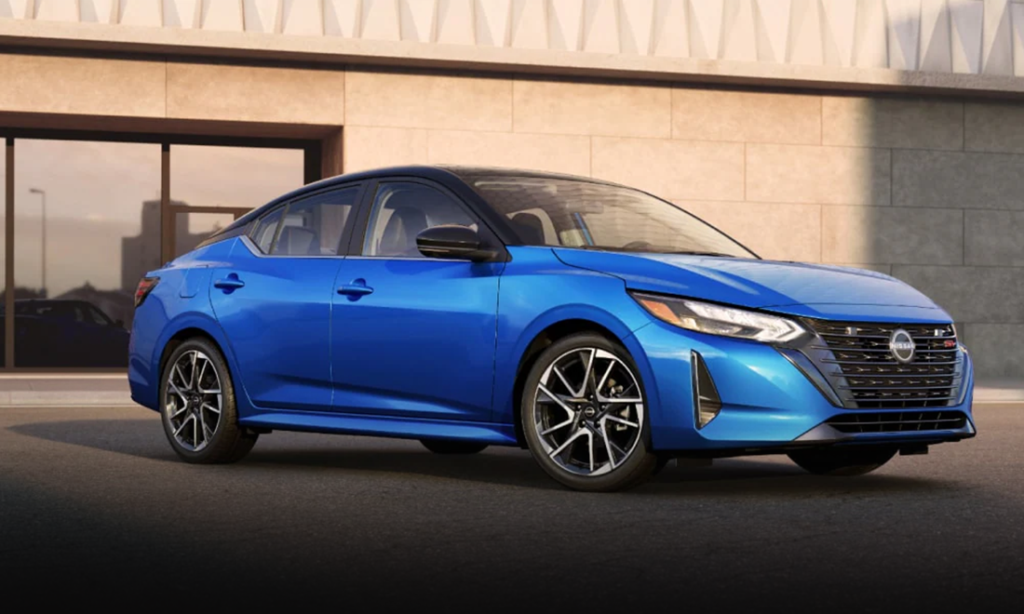
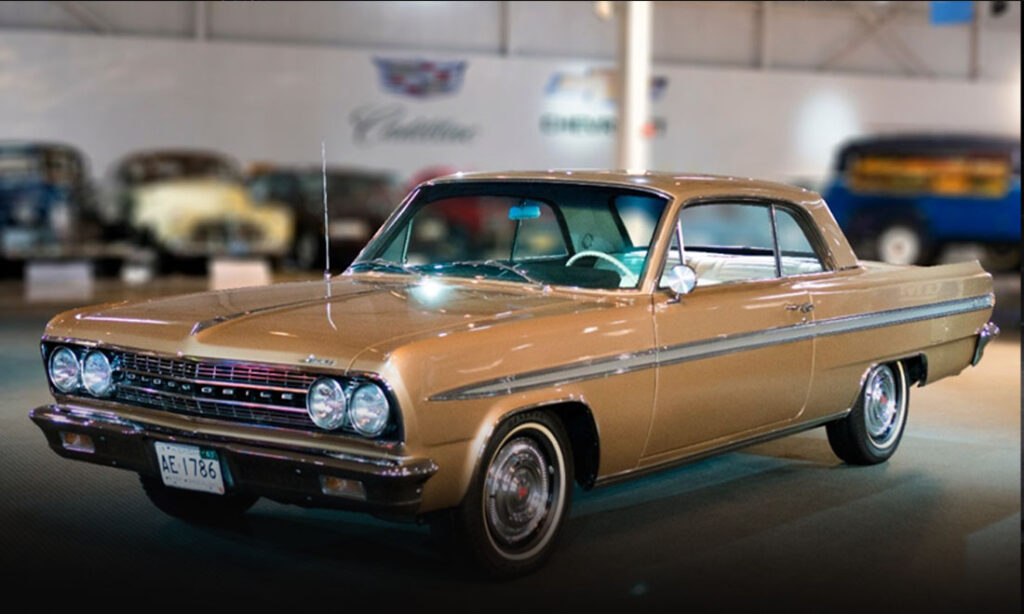

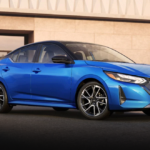
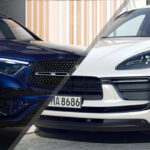
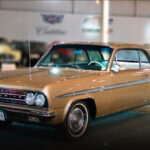

I came within an inch of bying a used metro; deal fell through because it wouldnt start! (1967)